(10098 products available)















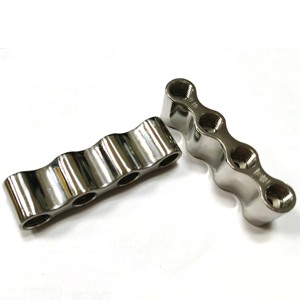








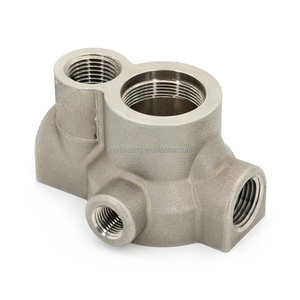










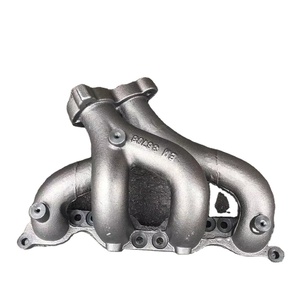



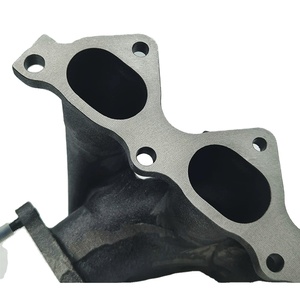

























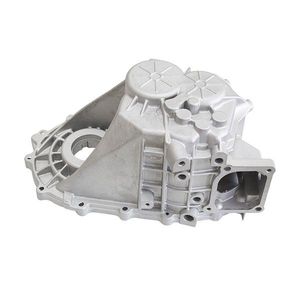
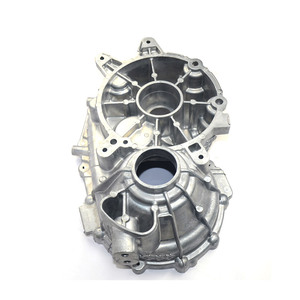



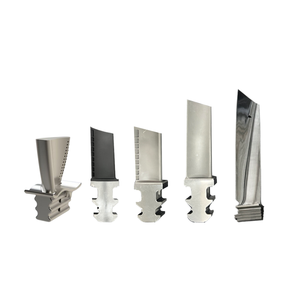









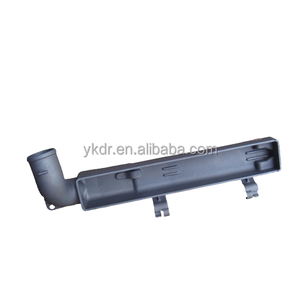
































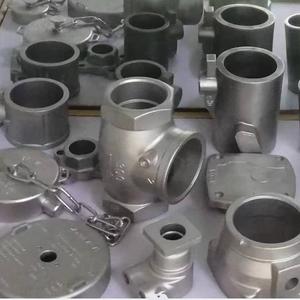

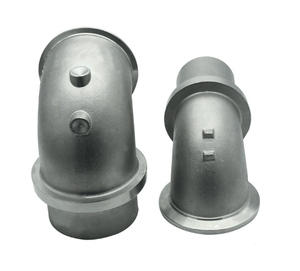




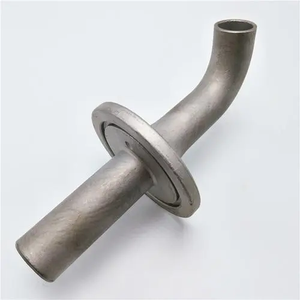




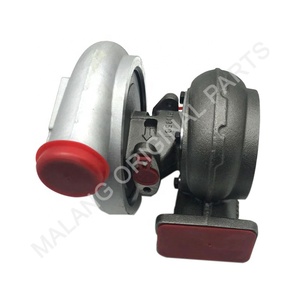



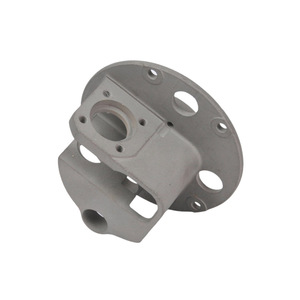









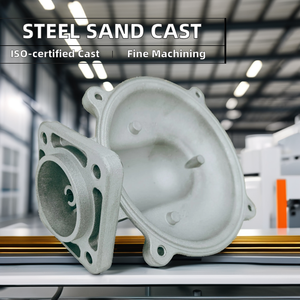













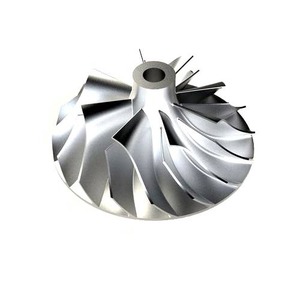










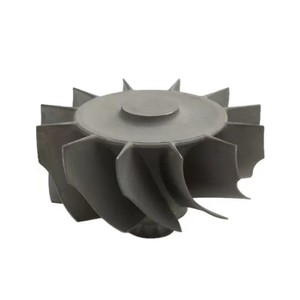



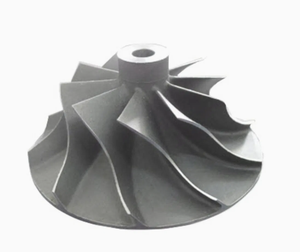

Turbo casting is a process used to manufacture components for turbochargers, which are devices used in internal combustion engines to improve performance and efficiency. The casting process produces complex and precise parts, such as turbine wheels, compressor wheels, and housings, which are critical components of turbochargers. Various types of turbo castings are as follows.
Investment casting
Also known as lost-wax casting, investment casting involves creating a wax pattern of the desired part, coating it with a ceramic shell, and heating it to remove the wax. This process allows for intricate designs and smooth surfaces, making it ideal for turbo components that require precise geometries and high-quality finishes.
Sand casting
Sand casting is a traditional and widely used casting method. It involves creating a mold from sand and mixing it with a bonding agent. Liquid metal is poured into the mold, and after solidification, the sand is removed to reveal the cast part. Sand casting is versatile and cost-effective, making it suitable for producing larger turbo components, although it may have limitations in achieving tight tolerances compared to investment casting.
Die casting
Die casting involves forcing molten metal into a mold cavity under high pressure. This process results in complex parts with excellent surface finishes and dimensional accuracy. Die casting is commonly used for aluminum turbo components, such as housings and brackets, where lightweight and intricate designs are essential.
Gravity casting
In gravity casting, molten metal is poured into a mold using gravitational forces. This method is straightforward and cost-effective, making it suitable for small production runs and simpler turbo components. While gravity casting may have limitations in producing complex geometries, it can be advantageous for certain cast turbo parts with less intricate designs.
Low-pressure casting
Low-pressure casting is similar to gravity casting, but molten metal is forced into the mold at low pressure through internal risers. This results in fewer gas bubbles and improved casting quality. Low-pressure casting is suitable for aluminum and magnesium turbo components, offering good mechanical properties and casting precision.
Manufacturers often consider several factors when producing turbo castings to ensure the end product meets various industry standards. Here are some of the specifications buyers should look out for:
Turbo castings require regular maintenance to ensure they continue functioning as required and to prolong their lifespan. Here are some of the maintenance requirements:
Wholesale buyers should consider the following factors when purchasing cast turbine components:
Material
The material of the turbo casting determines the strength of the part. Cast iron and ductile iron are common materials for turbo parts. They have excellent heat resistance and durability. Buyers can choose cast iron for turbines used in heavy-duty trucks. The cast iron will sustain the high temperatures and stress from the heavy loads. Ductile cast iron is suitable for turbo parts in fast cars. The ducts have superior strength. They can handle the high speeds and pressures from the turbo without breaking.
Engine Type
The type of engine powering the vehicle is also a consideration when selecting turbo components. Buyers should know the engine's specifications when ordering turbo parts. Gasoline engines need a turbo that gives a quick response. The turbo should spool fast and deliver instant power. Buyers should get turbines with lighter wheels. The lighter wheels will give the gasoline engines the speedy performance they want.
Turbine and Compressor Wheel Size
Smaller wheels offer high pressure but low airflow. They suit applications needing quick spool times and low-end torque. Bigger wheels provide more airflow and better top-end power. They work well in setups aiming for high-speed gains and peak horsepower. Opting for a balanced wheel size ensures compatibility between the turbocharger and the engine, maximizing overall performance and efficiency.
Vehicle Make and Model
Buyers should consider the car model when buying turbo components. Each vehicle has particular turbo parts that fit well. The brand and model of the car determine the turbocharger specs required. Buyers must get the cast components that match perfectly with the vehicle make and model. This ensures the turbo fits well and works optimally.
Replacing turbo cast parts can be a complicated process that requires some basic mechanical skills. Follow the guide below to learn how to replace turbo casting parts:
Q1: What is the difference between turbo cast and turbo forgings?
A1: The difference between turbo cast and turbo forgings is that the former uses molds to shape metals into specific forms, while forging involves compressing metal into shape using high pressure. As a result, cast components tend to have a more granular structure than forged ones.
Q2: Can people upgrade from a stock turbo to a cast turbo?
A2: Yes, it is possible to upgrade from a stock turbo to a cast turbo. However, if the vehicle is operating well with the stock turbo, it might not be necessary to make the switch. The cast turbo offers marginal gains over the stock turbo. In some cases, the cast turbo may negatively affect low-end torque, making the vehicle sluggish in its initial pickup.
Q3: What are the prongs of tubercast in casting?
A3: The prongs of turbecast in casting are the same as other forms of casting. Turbocast is a casting technique that allows rapid solidification of metals into specific shapes. The process uses advanced computer models to minimize defects and ensure high-quality components are produced.
Q4: How long does a cast turbo last?
A4: A cast turbo can last for a long time, depending on various factors such as maintenance, the quality of the turbo, and the material it is made from. Proper maintenance involves using high-quality engine oil and ensuring proper airflow to the turbocharged engine. With proper maintenance, a cast turbo can go for about 100,000 to 150,000 miles. However, the cast turbo by superior brands can outlast those by generic manufacturers.
The keyword "turbo casting" within the Fabrication Services category exhibits a significant fluctuation in web search volume, averaging 27,100 monthly web searches with a notable three-month decline of 63%. Over the past year, the web search volume has remained stable with a zero percent change, despite monthly variations.
Analyzing the data over the last twelve months, "turbo casting" experienced its peak web search volume in April 2024 with an astounding 110,000 web searches. This peak was followed by a sharp drop, with subsequent months showing a range between 8,100 and 40,500 web searches. The pattern indicates a highly variable interest in this keyword, with April standing out as a significant spike, possibly due to seasonal demand or market events specific to that period.
The web search volume for "turbo casting" typically shows a dip during the early months of the year, with volumes picking up slightly in the summer and autumn months. This trend suggests a seasonal component to the demand for turbo casting services, likely influenced by industry cycles and customer project timelines. Despite the overall stability in yearly web searches, the sharp declines in recent months highlight potential shifts in market dynamics or external factors impacting search behavior.